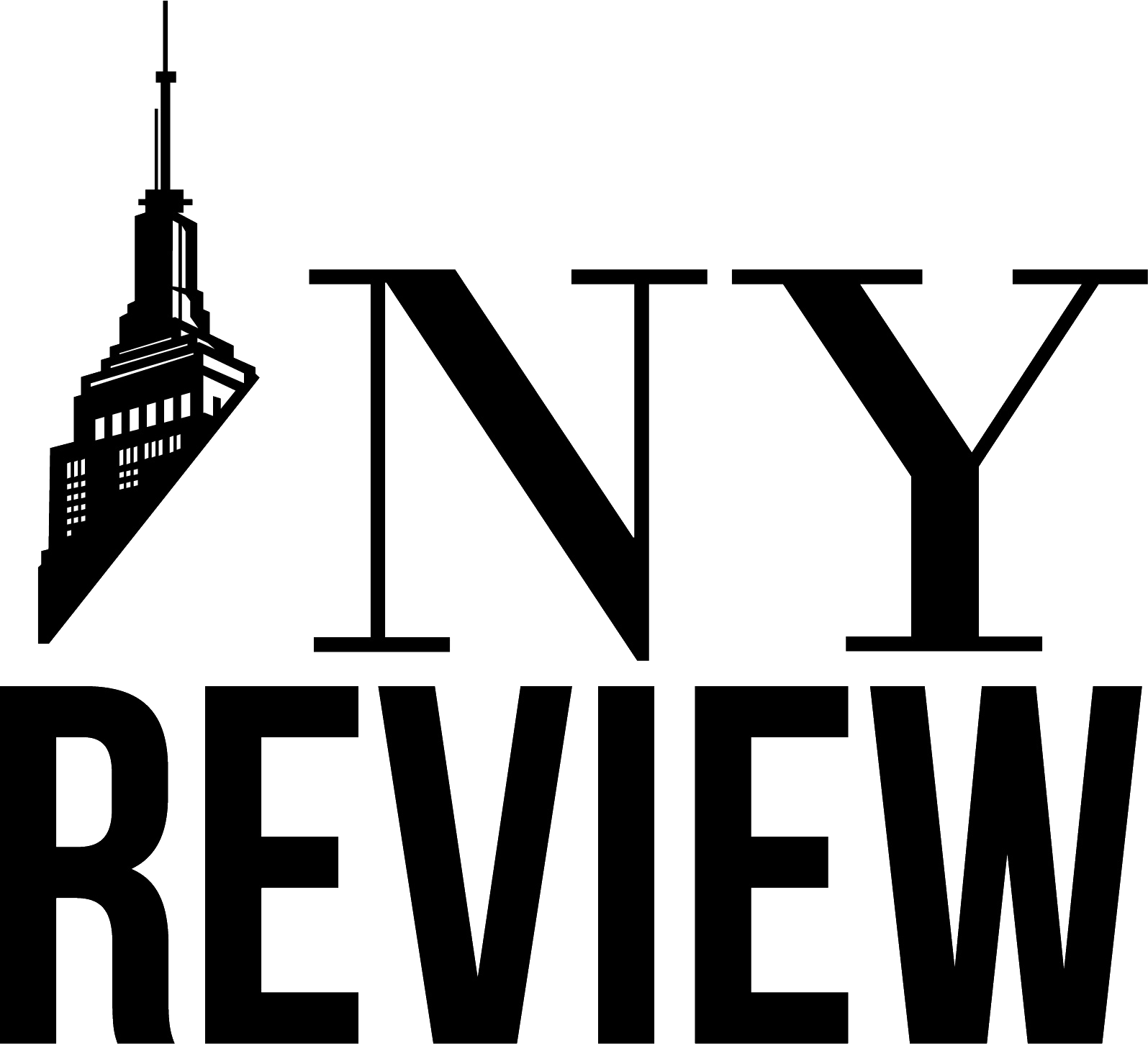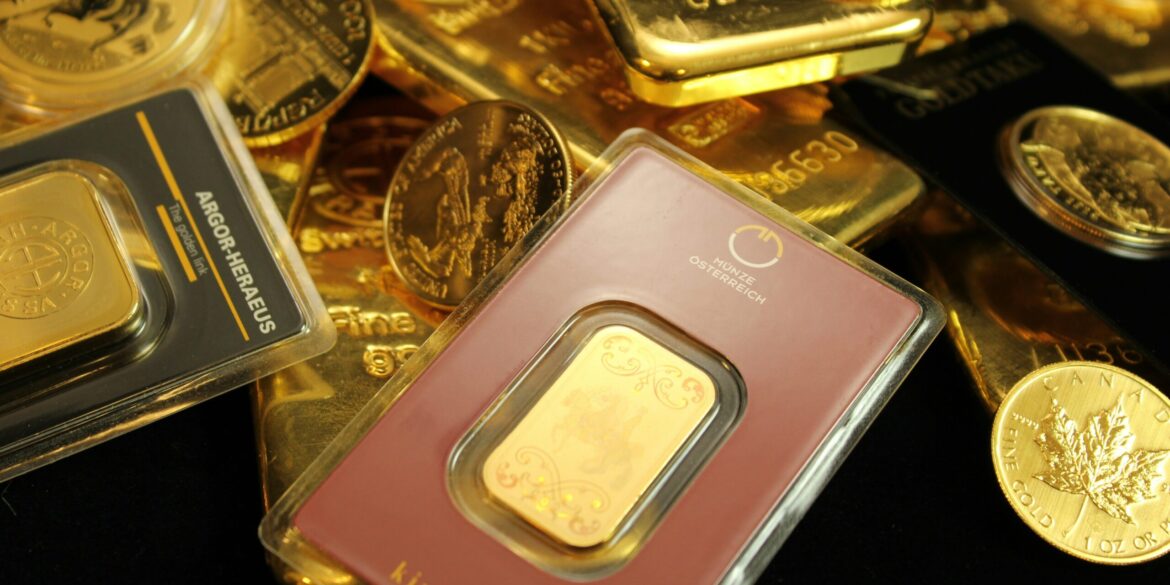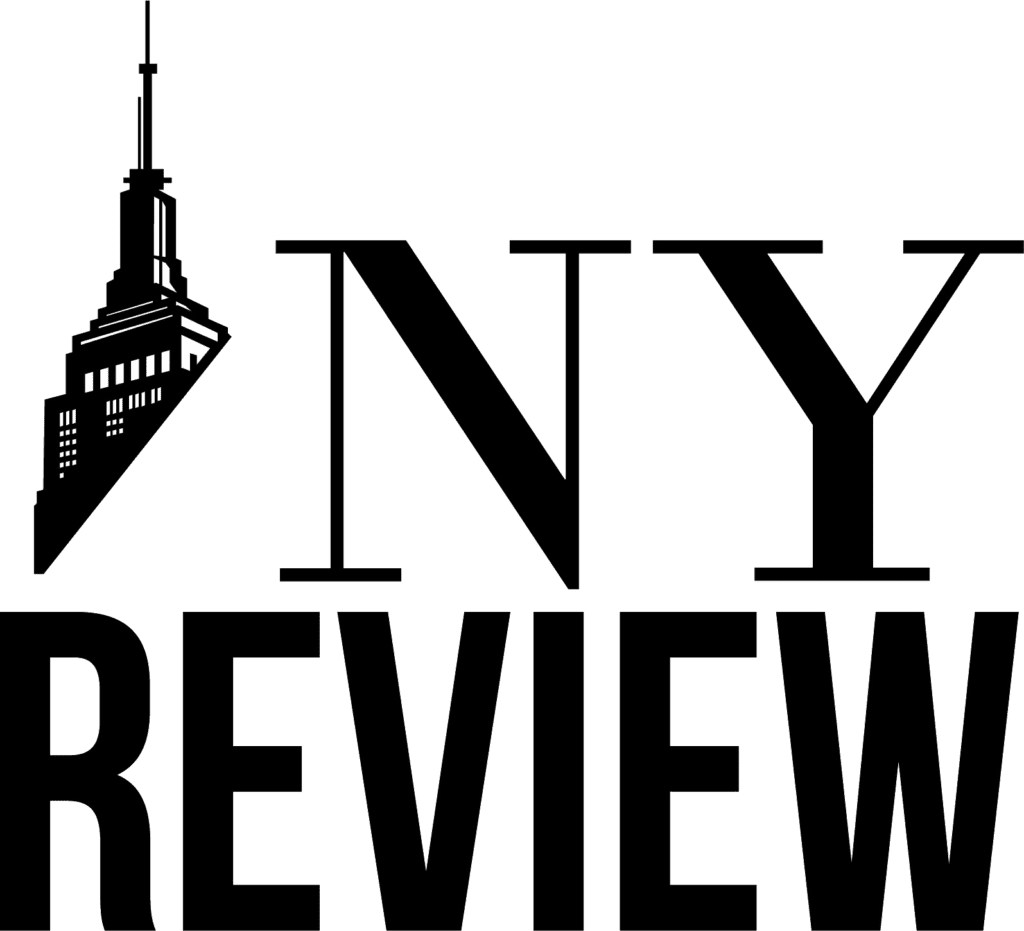Gold prices have surged to unprecedented levels, with gold futures closing above $4,000 for the first time on October 7, 2025. This dramatic price increase reflects growing investor anxiety about the state of the global economy, as a combination of factors including the ongoing U.S. federal government shutdown and mounting concerns over economic instability have left many uncertain about the future. The upward trend continued on October 8, when gold futures gained more than 1%, extending the rally and solidifying the belief that precious metals are emerging as the preferred investment choice during times of market turmoil.
The driving force behind the surge in gold prices is a combination of economic factors that have shaken investor confidence in the stability of traditional markets. One of the major contributors is the prolonged federal government shutdown in the United States, which has led to a delay in the release of essential economic data. For investors, this missing data—such as key reports on GDP growth, inflation, and employment—has made it difficult to gauge the health of the economy and make informed investment decisions. In an environment where clarity is lacking, many investors have turned to gold as a time-tested safe-haven asset, seeking to preserve their wealth in the face of mounting uncertainty.
This surge in gold prices has not occurred in isolation. Silver, often seen as a secondary safe-haven metal, has also seen substantial gains, contributing to the broader rally in precious metals. The increase in both gold and silver prices is indicative of a wider trend among investors to gravitate toward tangible, historically reliable assets amid economic turmoil. As inflation fears intensify, geopolitical risks escalate, and concerns over potential economic slowdowns persist, many are looking to gold and silver as effective hedges against the riskier fluctuations of traditional financial markets.
Read Also: https://nyreview.com/mlbs-speedway-classic-redefines-event-economics/
The surge in gold prices comes at a time when the global economy is facing multiple challenges. Supply chain disruptions, rising inflation, and increasing national debt have all compounded fears about the sustainability of economic growth. Furthermore, there is growing concern that central banks, which have been employing aggressive monetary policies in recent years, could be running out of tools to combat future crises. All of these factors have created an environment of heightened volatility, which often drives investors to seek out safe-haven assets like gold.
Historically, gold has served as a store of value during times of crisis, and it is seen as a hedge against inflation, currency devaluation, and political instability. As a result, the surge in gold prices is a clear indication that many investors are becoming increasingly worried about the potential for a global economic downturn. While gold prices have risen significantly in recent months, experts suggest that they could continue to climb if the current environment of uncertainty persists. If the federal government shutdown is prolonged or if new geopolitical or economic risks emerge, the demand for precious metals is likely to continue to rise, further pushing up prices.
At the same time, there is a possibility that gold prices could stabilize or even fall if the underlying causes of the current economic uncertainty are resolved. Should the government shutdown end and critical economic data be released, investor sentiment may shift, leading to a reassessment of the market outlook. If the economy shows signs of recovery or if inflationary pressures subside, the demand for gold may decrease as investors move back into riskier assets in search of higher returns.
For now, however, gold continues to be viewed as a safe bet in an unpredictable financial landscape. As global markets grapple with political, economic, and social uncertainties, the surge in gold prices underscores the growing perception that the global economy is on fragile footing. While gold has long been considered a reliable asset in times of crisis, its recent performance highlights just how deeply the market is worried about the future, and how precious metals are becoming an increasingly important component of diversified investment portfolios.
In conclusion, the current surge in gold prices is a reflection of the heightened uncertainty that investors are facing in today’s economic environment. Whether this trend will continue or whether markets will stabilize remains to be seen, but the growing demand for precious metals suggests that many are taking a cautious approach to navigating the future. As always, the performance of gold will remain a key indicator of broader market sentiment, and its trajectory will likely depend on the resolution of key economic and political challenges in the coming months.


